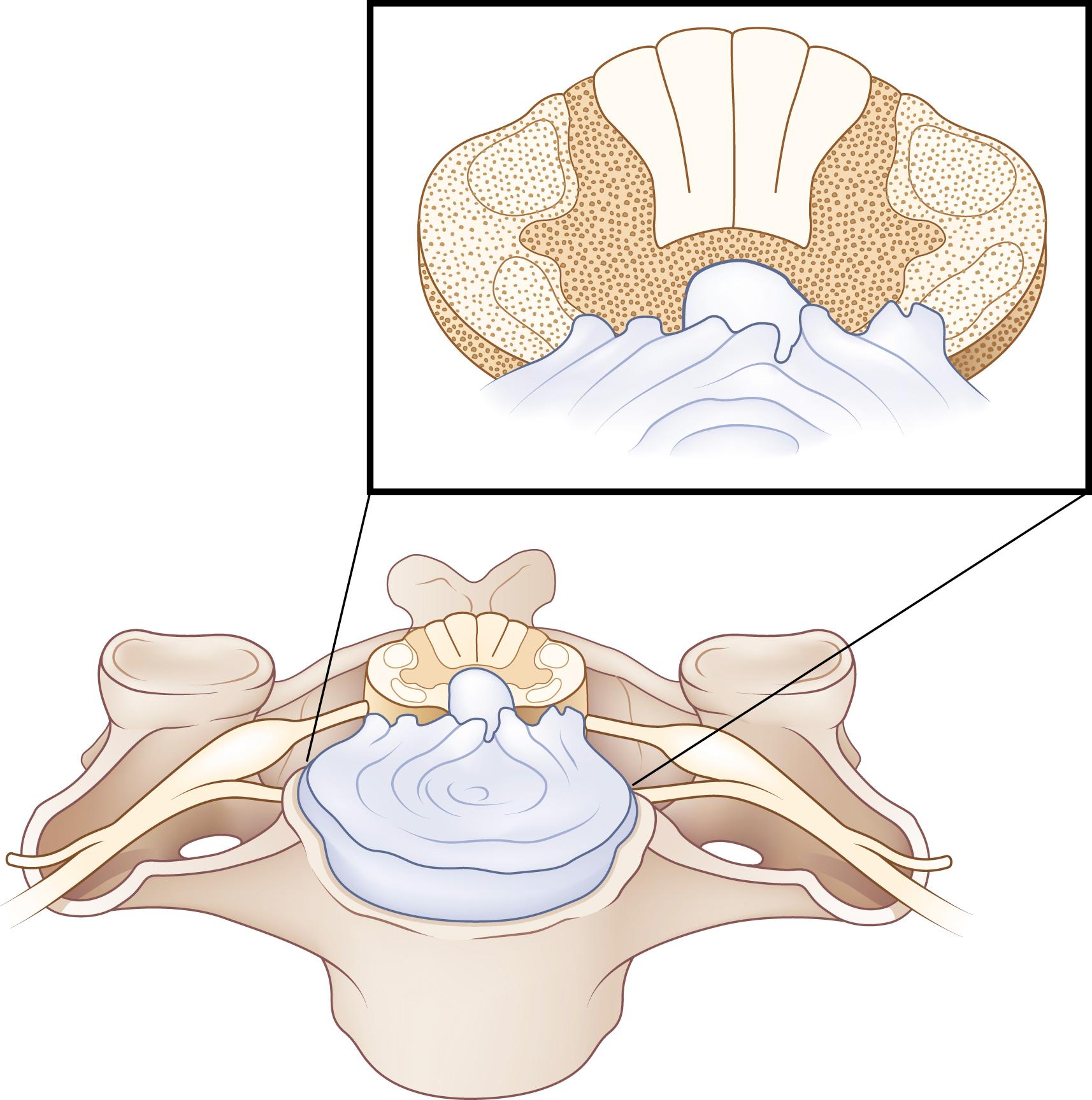Spinal Cord Trauma In Dogs

Spinal cord trauma in dogs is a serious and potentially life-altering condition that requires immediate veterinary attention. The spinal cord is a vital part of a dog’s central nervous system, responsible for transmitting messages between the brain and the rest of the body. When the spinal cord is injured, it can lead to a range of symptoms, from mild discomfort to complete paralysis.
One of the most common causes of spinal cord trauma in dogs is trauma, such as being hit by a car or falling from a height. Other potential causes include intervertebral disc disease (IVDD), spinal fractures, and tumors. Certain breeds, such as Dachshunds and Basset Hounds, are more prone to spinal cord injuries due to their long, narrow spines.
Symptoms of spinal cord trauma in dogs can vary depending on the severity and location of the injury. Some common signs include:
- Pain or discomfort in the neck or back
- Weakness or paralysis of the legs
- Loss of coordination or balance
- Decreased or absent reflexes
- Incontinence or difficulty urinating
- Changes in appetite or behavior
If you suspect that your dog has suffered a spinal cord injury, it is essential to seek veterinary attention immediately. Your veterinarian will perform a physical examination, take a complete medical history, and may recommend diagnostic tests such as radiographs (x-rays), computed tomography (CT) scans, or magnetic resonance imaging (MRI) scans to determine the extent of the injury.
Treatment for spinal cord trauma in dogs depends on the severity of the injury. Mild cases may be managed with conservative treatment, such as pain management and physical therapy, while more severe cases may require surgery to stabilize the spine or relieve pressure on the spinal cord. In some cases, dogs may require extended periods of rest and rehabilitation to recover from their injuries.
It's crucial for dog owners to be aware of the potential risks and signs of spinal cord trauma. If you notice any of the symptoms mentioned above, don't hesitate to seek veterinary attention. Early intervention can significantly improve the chances of a successful recovery.
In addition to seeking veterinary attention, there are several things you can do to help your dog recover from a spinal cord injury. These include:
- Providing a safe and comfortable environment for your dog to rest and recover
- Assisting with physical therapy exercises to maintain range of motion and strength
- Managing your dog’s pain and discomfort with medication and other therapies
- Helping your dog to maintain a healthy weight to reduce pressure on the spine
Rehabilitation and Recovery
- Provide a safe and comfortable environment for your dog to rest and recover
- Assist with physical therapy exercises to maintain range of motion and strength
- Manage your dog's pain and discomfort with medication and other therapies
- Help your dog to maintain a healthy weight to reduce pressure on the spine
While the prognosis for dogs with spinal cord trauma can be guarded, many dogs are able to make a full or partial recovery with proper treatment and care. It’s essential to work closely with your veterinarian to develop a treatment plan that meets your dog’s individual needs and to provide ongoing support and care throughout the recovery process.
Pros and Cons of Surgical Intervention
| Pros | Cons |
|---|---|
| Stabilization of the spine | Risk of surgical complications |
| Relief of pressure on the spinal cord | Potential for long-term mobility issues |
| Improved chances of recovery | High cost of surgical procedures |

In conclusion, spinal cord trauma in dogs is a serious condition that requires prompt veterinary attention. While the prognosis can be guarded, many dogs are able to make a full or partial recovery with proper treatment and care. By understanding the causes, symptoms, and treatment options for spinal cord trauma, dog owners can take the necessary steps to help their dogs recover and thrive.
What are the common causes of spinal cord trauma in dogs?
+The common causes of spinal cord trauma in dogs include trauma, intervertebral disc disease (IVDD), spinal fractures, and tumors.
What are the symptoms of spinal cord trauma in dogs?
+The symptoms of spinal cord trauma in dogs include pain or discomfort in the neck or back, weakness or paralysis of the legs, loss of coordination or balance, decreased or absent reflexes, incontinence or difficulty urinating, and changes in appetite or behavior.
How is spinal cord trauma in dogs treated?
+Treatment for spinal cord trauma in dogs depends on the severity of the injury. Mild cases may be managed with conservative treatment, such as pain management and physical therapy, while more severe cases may require surgery to stabilize the spine or relieve pressure on the spinal cord.


